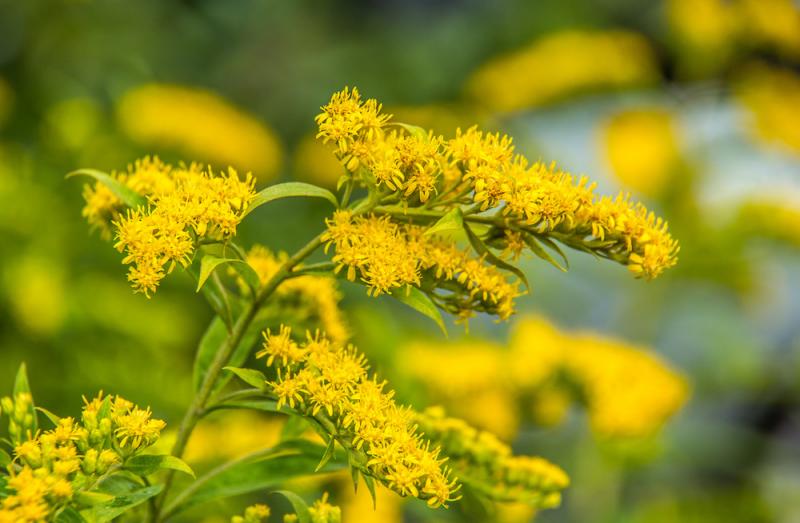- April 11, 2023
The Health-Building Properties of Amaranth
Closely related to the goosefoots, amaranth, is useful for food, medicine, and emotional healing. It can be eaten as a green vegetable or the seeds can be harvested. It can be used medicinally as a digestive tonic and more.
- April 4, 2023
The Goosefoot Tribe
The goosefoot tribe of herbs includes quinoa, lamb's quarter and epazote. These medicinal and edible plants are often considered weeds and go under-appreciated in modern times.
- March 26, 2023
Asparagus and Shatavari
Every spring I welcome the appearance of asparagus in the grocery store. I love this vegetable and think of it as a spring tonic. Asparagus is one of the vegetables that blurs the line between food and medicine because it’s not only tasty and nourishing food. It also has healing properties. Asparagus and the Urinary System Asparagus is a tonic for the kidneys. The vegetable itself helps to strengthen the kidneys and flush acid waste from the system, but it’s the root that is more medicinal.…
- March 21, 2023
Goldenrod: The Liberty Tea
An important tonic for the kidneys, goldenrod helps to strengthen and improve urinary function. It can also help relieve the running nose and red, itchy eyes that come with allergies. As a tea it can help overcome colds, flu and sore throats.
- March 14, 2023
Gravel Root
This valuable herbal remedy can help with kidney stones, calcium deposits, urinary ailments, broken bones, and kidney problems in diabetics and more.
- March 7, 2023
Juniper Berries
If you need a good diuretic, juniper berries are a good choice as long as there is no acute inflammation in the urinary system. They stimulate urinary function to relieve edema. Their flavor is strongly aromatic and slightly astringent, giving them warming and drying properties. They’re a very fast-acting and effective diuretic.
- February 21, 2023
Pulsatilla: The Flower of the Wind
Pulsatilla is remedy that can help sensitive, gentle souls who experience extreme emotional states such as sudden weeping, severe anxiety, and panic attacks. It is best used as a homeopathic or flower essense.













